 Why did I take a photo of this painting at the Metropolitan Museum of Art, you ask?
Why did I take a photo of this painting at the Metropolitan Museum of Art, you ask? It should be obvious: the colors are brilliant and complimentary. They are used to make the central subjects stand out boldly in an otherwise nondescript scene that is as simple as its title suggests: Arabs Crossing the Desert (early 1870s).
The rich reds, yellows and green in the horsemen’s robes are set against and complimented by the expanse of cloudless blue sky, and the varieties of color used also comes across in the three different-colored horses: chestnut brown, gray and white.
The artist, Jean-Léon Gérôme, a French painter and sculpture (1824-1904), could have painted all the horses the same color, just as he could have given all the horsemen uniform clothes (perhaps their different-colored robes denote something about their status?). But then the painting would not stand out in anyway, since the action it depicts is slow and subdued, and the subjects are mostly hidden under their clothes.
Arabs Crossing the Desert is a great example of how color can carry a painting, making a rather routines scene “pop” and come alive.

























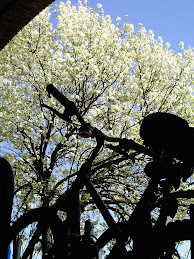



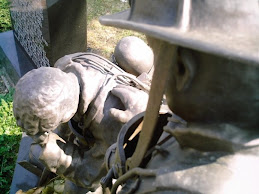
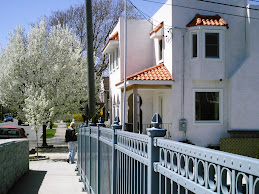
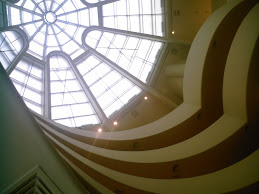+-+June+2009.jpg)


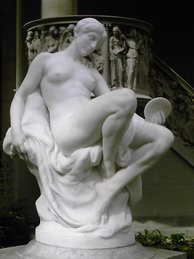


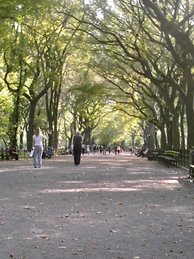


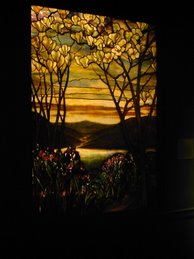


2 comments:
I wouldn't be surprised if this painting was viewed by the artist as just an opportunity to present the colors. Whistler himself called his famous painting of his mother 'Gray on Black', because he used the occasion of painting his mother to experiment with those colors.
Harvey: Thanks for your comment. I was not aware of what you write about Whistler. That's interesting. I tried to look up information about Arabs Crossing the Desert, but found little written about it -- at least on the Internet.
Post a Comment